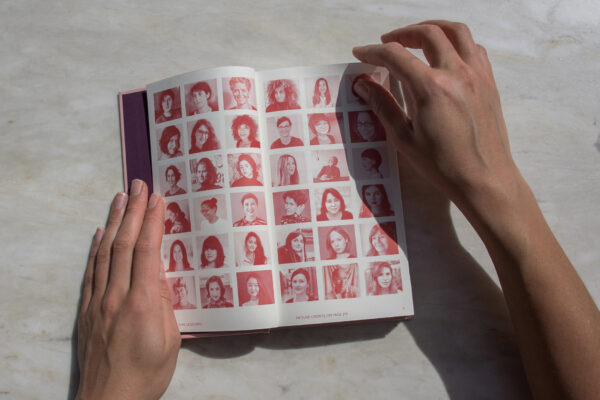Yulia Popova is a talented Berlin-based type designer who is currently working as a Senior Product Designer for Mozilla Firefox. She is very passionate about her work and is happy to share her newest research project and book with us, “How many female* type designers do you know?”
We had an insightful conversation with Yulia about her career and the empowering community of typographers.
Type and lettering are in all of our lives, from the time we first picked up a crayon to learning how to write our names. But what about this world interested you to pursue it in your education and professional journey?
I discovered my passion for typography later in life, specifically during my exchange semester at Parsons The New School of Design in the Visual Communication program. It was in a course called “Experimental Typography,” taught by Kevin Britanard, where I was introduced to the art of expressing ideas solely through typography. Initially, I found it challenging to design without images or illustrations, but soon, I became captivated by the expressive power inherent in letters alone. I fell deeply in love with this powerful tool and have continued to use it ever since.
“Initially, I found it challenging to design without images or illustrations, but soon, I became captivated by the expressive power inherent in letters alone.”
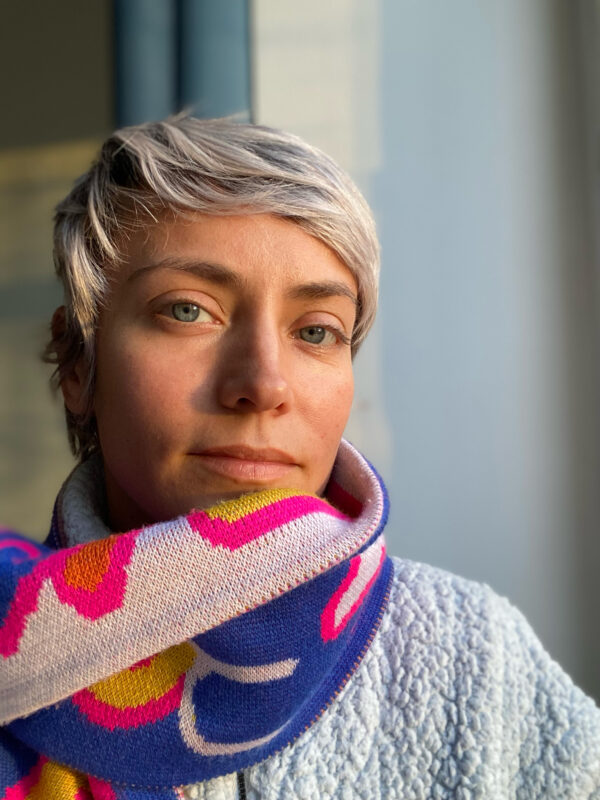
Did you have any early perceptions about women in this field?
At the beginning of my education, I never specifically sought out female-identifying individuals in the field. Most of the famous designers we learned about in university were men, and I didn’t question it initially. However, as I studied graphic design, I encountered some women who truly inspired me with their achievements. Although I didn’t think about it much at the time, looking back, I realize I was able to relate to them more as role models. Two women who particularly inspired me early on were Irma Boom and Paula Scher.
I became aware of the gender gap in the design field much later. Despite the fact that 55-70% of art students were women, there remained a very small percentage of women who were winning design and type competitions, serving as judges, speaking at conferences, and sitting on boards of directors. Attending type and design conferences highlighted this disparity for me, as the percentage of female speakers was noticeably low. It was at this point that I consciously began seeking out female role models in the type and design industry. This also was a moment when I started working on my book “How many female* type designers do you know?”
Can you pinpoint the exact moment when you felt you had made it and you were getting the acknowledgment you desired?
I’ve never really approached my creative path in this specific manner. I must say, pinpointing a specific “I made it” moment in my career is quite tricky for me. Perhaps it’s because I’ve always been multidisciplinary, never fully specializing in one particular field. My journey has taken me through various design disciplines – from starting as a furniture designer, shifting to 3D visualization, focusing more on graphic design and typography over the years, and now working as a UI/UX designer at Firefox. Despite the diverse paths I’ve taken, my passion for typography has remained a constant companion throughout.
While publishing my book “How many female* type designers do you know?” was undoubtedly a significant milestone in my creative journey, I wouldn’t categorize it as the definitive “I made it” moment, as my expertise extends beyond being an author and book designer. However, there was a moment that truly surprised me and filled me with pride. It was when I discovered that several universities had included my book on their recommended reading lists for their curriculums. Seeing my work alongside renowned typography books was a humbling and affirming experience that exceeded my expectations.
Do you feel you faced any adversity as a woman in the world of type?
To be honest, I haven’t personally faced any major challenges in the world of type. This might be because I haven’t pursued a career as a professional type designer. When I became involved in the type community in Berlin while working on my book about women in type design, everyone was welcoming and supportive. I’m grateful to the many individuals who helped me find information about early-type designers. However, during my interviews for the book, I heard from other type designers that they had to work twice as hard just to prove they earned their role in the company.
In my own experience, during the earlier stages of my career in branding agencies, I observed that the majority of positions above senior designers were occupied by men. This observation was disheartening, as there were no women in leadership positions. At this point, I was already well aware of this imbalance and I was wondering what happened to all these female-identifying individuals who studied design. Why did none of them make it to higher positions?
“During the earlier stages of my career in branding agencies, I observed that the majority of positions above senior designers were occupied by men. This observation was disheartening, as there were no women in leadership positions.”
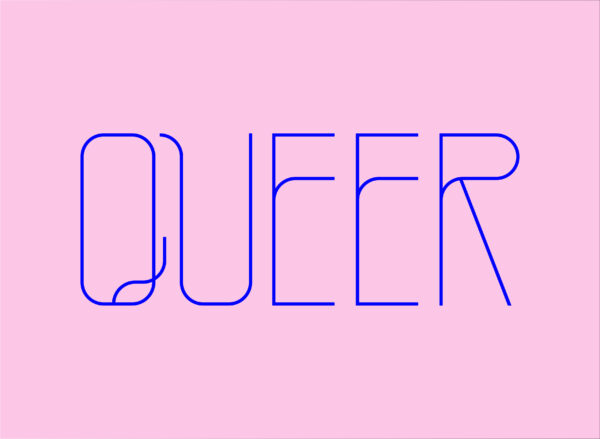
What inspired you to create a book on the subject of women in type?
“How many female type designers do you actually know, Yulia?” I asked myself after visiting one of the most well-known typographic conferences in Germany, TYPO Berlin. In 2017, the percentage of female-identifying speakers at this conference was only 29%. It was the first time that the gender imbalance of conference speakers attracted my attention. The recent trend of uncovering talented women in our history, as well as my education that included a “Gender Design” course, helped me to notice this imbalance. When I observed that fewer women spoke at the conference, I wondered if there are really fewer female-identifying designers out there. Next, I realized I do not know many myself. I wanted to understand why there is a lack of this group in the industry. Or are they just less visible?
This moment marked the beginning of my journey into writing the book. I enrolled in a master’s program to delve into the gender imbalance within the type design field. During my research, I found very little literature on this subject. The only notable book I encountered was “Women in Graphic Design 1890-2012” by Gerda Breuer and Julia Meer. As I searched, I found bits and pieces of info here and there, but there wasn’t a single book or website giving a good overview of research in this area. This is the reason why a part of my book is putting together data and short summaries of research papers and articles about this topic.
It was crucial for me not to rely solely on assumptions but to gather firsthand perspectives from designers working in the industry. Therefore I decided to conduct interviews with several designers to delve into their experiences within the realm of typography. These discussions were instrumental in shaping my understanding and advancing my research. Beyond interviewing type designers, I also engaged with conference organizers, filmmakers, and individuals who had conducted research on this topic.
In one of the interviews, I was asked why no one knows about women in type who worked before Zuzana Licko. Indeed, during my research, her name came up frequently as the first known type designer. I started to wonder who were women in type before Zuzana Licko. I delved into the library and uncovered the work of early female type designers whom I had never heard of before. Initially, it wasn’t part of my research plan, but I couldn’t overlook it.
The process of creating this book wasn’t linear, and I believe the book reflects that. It only scratches the surface here and there, but there’s much more research to be done.
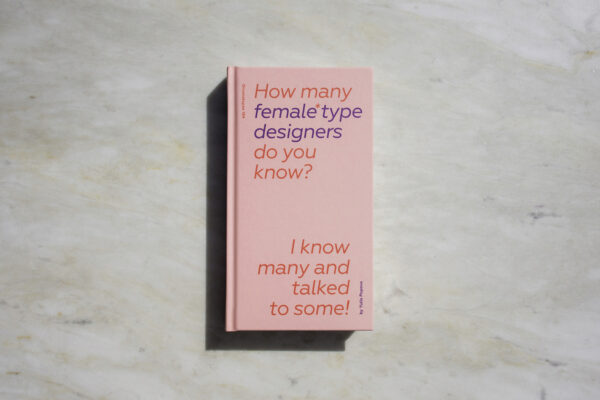
What lessons would you want to impart to young women who are interested in making a career out of type or lettering?
Starting a career as a type designer or lettering artist can indeed be challenging. Therefore, having a supportive network is invaluable. I highly recommend finding a type community, as it can be incredibly supportive and provide valuable guidance. Nowadays, there are many type events and meet-ups, so take advantage of these resources and build your own type community. Improving networking and mutual support within our community is crucial for our collective success.
Always be on the lookout for opportunities to represent your work, explore your options, and choose what suits you best, whether it’s selling on platforms like MyFonts, submitting your font to Future Fonts, or even starting your own foundry. We cannot continue to accept the exclusion of female-identifying individuals from the history of type. Without the space to share our stories, they will remain untold. It’s time for us to step up, take the lead, and ensure that our voices are heard.
There are endless type design forums, so where can aspiring women typographers find access to a real community, resources, and knowledge to begin their journey?
My advice is to seek out your local type design community that is known for its welcoming and supportive nature. It is also a great opportunity to gain valuable knowledge and insights without having to invest a fortune. Organizations such as the Type Directors Club and The Alphabettes have large communities and serve as excellent sources of information. Additionally, The Malee Scholarship, TypeTogether, and other type foundries offer mentorship to designers entering the type industry. Attend meetups, lectures, and workshops organized by Type Thursdays, The Letterform Archive, Typostammtisch, and Type@Cooper to build your network. Utilize online resources such as The Herb Lubalin Lecture Series of Type@Cooper on YouTube. It features a fantastic collection of lectures about type that you can watch at no cost. When it comes to other resources, I love going to libraries and archives. They have a lot of type specimens you can look at.
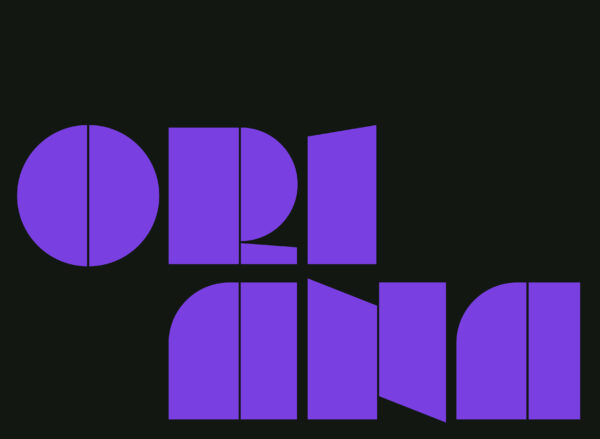
What is new or emerging in typography today?
Typography is witnessing several exciting trends. Brands are increasingly using customized typefaces to create unique identities. At the same time, designers are embracing imperfection and quirkiness in typography, moving away from rigid, polished designs. Type design is becoming more experimental and dynamic, with designers pushing the boundaries. I see a lot of text that transcends traditional boundaries and becomes an integral part of the visual composition, merging seamlessly with graphics.
“Designers are embracing imperfection and quirkiness in typography, moving away from rigid, polished designs. Type design is becoming more experimental and dynamic, with designers pushing the boundaries.”
The rise of variable fonts and the integration of artificial intelligence definitely has an influence on type design as well. And maybe until now AI is not so good at generating letterforms, but it is great for typographic experimentation. As a designer, I believe it’s crucial to embrace these technological advancements while also considering the balance between creation and curation.
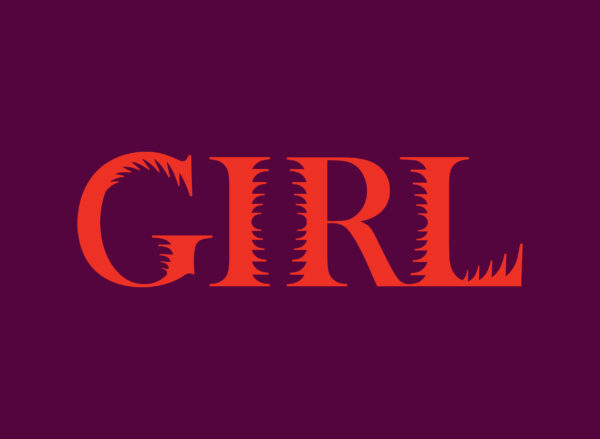
Please share your favorite piece of work.
Indeed, my favorite project so far has been working on the book “How many female* type designers do you know?” This journey led me to various type communities and introduced me to many wonderful type designers and inspiring individuals. Thanks to this project, I’ve gained invaluable knowledge and had the pleasure of discovering numerous new typefaces. Moreover, I enjoyed spending time in libraries and archives, delving into books and examining type specimens.
Although it was challenging to tackle this project alone without funding, I am immensely proud I found the energy to see it through to completion and get it published. I believe the significant achievement of this project lies in providing a platform—and a voice—for women who have been overlooked in the history of type design. I am also thrilled it adds another book on type that highlights female-identifying individuals. Notably, the topic I chose is complex, but this project represents a small step towards achieving greater equality in the type design field.
